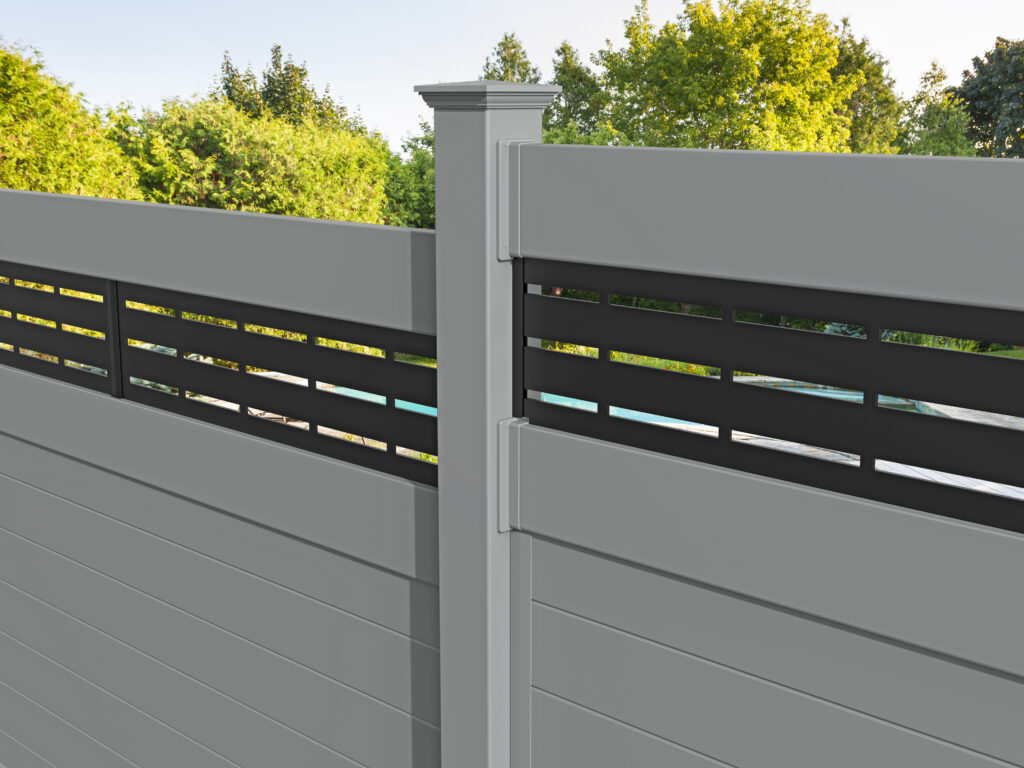What is Stepped vs. Racked Installation
March 21, 2016
Uneven terrain, sloped, or hilly yards don’t have to be challenging when it comes to installing a fence. There are several ways to make your property enjoyable and secure when the terrain is not perfectly flat.
There are a few options to choose from when installing this type of fence based on your yard: a “stepped” or a “racked” installation. If you’ve heard these terms before, you may not know exactly what they mean and how they differ.
Stepped Installation
This is a method of installing a fence on sloped terrain. The fence rails remain horizontal, and posts are extended to accommodate the variance in grade. Each section is attached to the post to accommodate the slope of the land. When finished, your fence will have the look of stairs, increasing in height as you move further up the slope. Pre-assembled panels work best with this type of fence installation.
Keep in mind there will be some gaps which could cause pets to escape or smaller animals to come into your yard. Since there will be gaps underneath the panels, and these gaps may not be consistent throughout your yard, you will need to find a way to fill them.

In addition you may also want to fill your gaps for aesthetic purposes. One way to do this is by adding planters along the fence, which not only covers the unsightly gaps but allows you to add some living color to your yard. Plant some delicious fresh veggies in the planters to make them even more functional!
Racked Installation
For Racked, this is a method of installing a fence on sloped terrain, where fence posts are plumb but the rails are mounted at an angle so they parallel the grade. With this method, gaps between the pickets and the ground are about the same throughout the entire fence, creating a uniform look and preventing pets from escaping or smaller animals coming into the yard. Ready-to-assemble fence panels are ideal for this installation and are typically available in privacy, semi-private or decorative styles.



Follow us